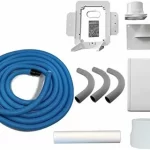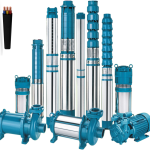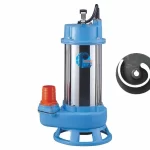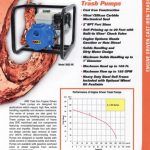Introduction
Water is life for farming. Without it, crops cannot grow and livestock cannot survive. Farmers often face the challenge of moving water from ponds, rivers, or canals to their fields. This is where a self-priming portable trash pump becomes very useful. These pumps are built to handle dirty water, mud, and even small debris. They are easy to carry and can be used in many farm jobs.
What is a Self-Priming Portable Trash Pump?
A self-priming pump is a machine that can start pumping water without filling the hose or pump body each time. It removes air on its own and begins to move water fast. A trash pump is a type of pump that can handle dirty water mixed with leaves, sand, or small stones. Together, a self-priming portable trash pump is a powerful tool for farms.

Why Water Management Matters in Agriculture
Farming needs a steady water supply. Crops like rice, wheat, and maize depend on proper irrigation. Livestock also need water daily. In many areas, water is not clean and may carry mud or organic waste. Farmers need a pump that can handle this without getting blocked. That is why self-priming trash pumps are so helpful.
How Farmers Use Self-Priming Portable Trash Pump
Farmers use these pumps in many ways:
- Irrigation: Moving water from rivers, lakes, or ponds to crop fields.
- Field Drainage: Removing excess water after heavy rains or floods.
- Livestock Watering: Filling tanks or supplying water for animals.
- Fertilizer or Slurry Transfer: Pumping liquid fertilizer or slurry to fields.
Because the pump is portable, farmers can move it easily from one task to another.
Benefits for Farmers
Self-priming trash pumps bring many benefits to farms:
- Portable and easy to set up – move the pump anywhere on the farm.
- Handles solids and debris – works even with muddy or dirty water.
- Saves time – no need for manual priming before every use.
- Versatile – one pump can do many jobs on the farm.
These advantages make the pump a reliable helper for both small and large farms.
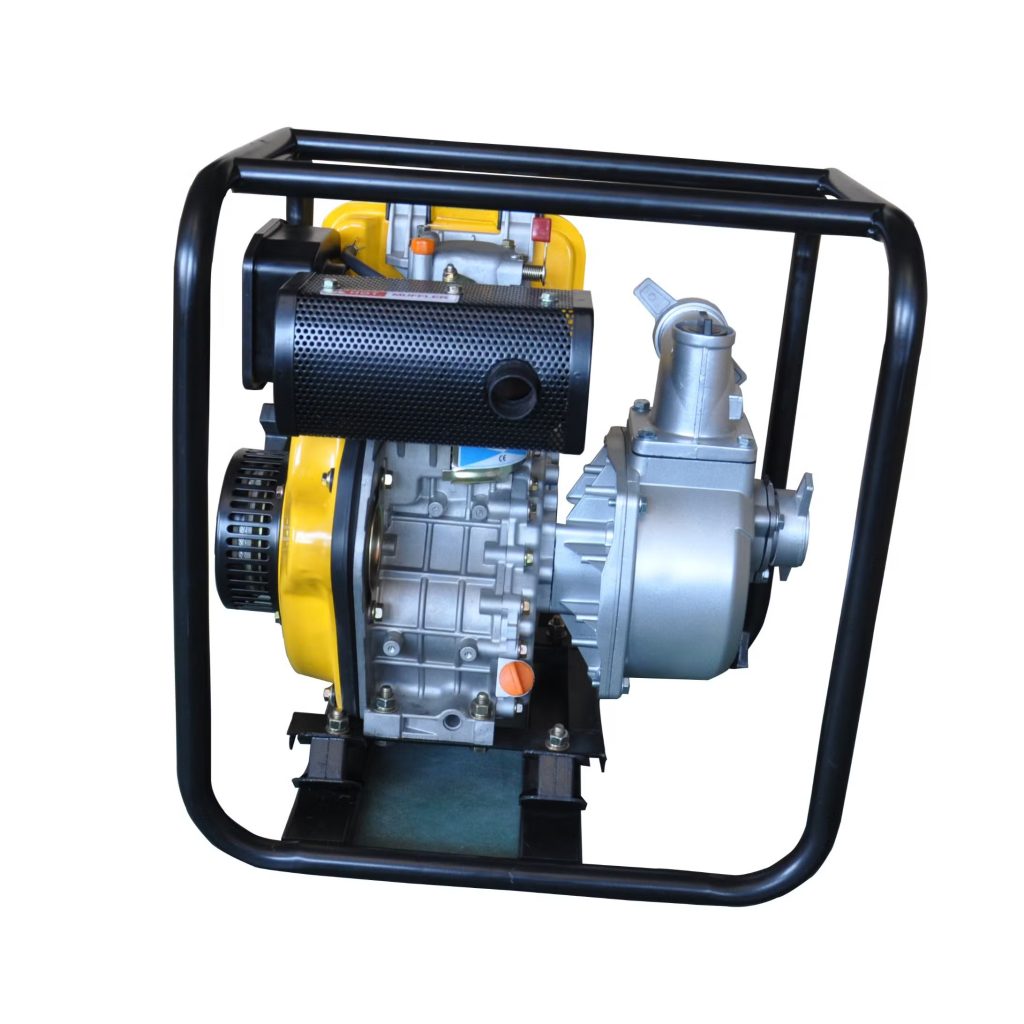
Choosing the Right Pump for Irrigation
Not all pumps are the same. When buying a pump, farmers should look at:
- Pump size and flow rate – how much water it can move in a minute.
- Head height – how high or far it can pump water.
- Suction lift – how deep it can pull water from a source.
- Engine type – gas, diesel, or electric.
- Portability – easy to carry or wheel-mounted.
The right choice depends on farm size, crop type, and water source.
Keeping the Pump in Good Shape
Good care makes the pump last longer. Farmers should:
- Clean filters and the impeller often.
- Check hoses and seals for leaks.
- Remove debris from the strainer.
- Store the pump in a dry place when not in use.
Simple care reduces breakdowns and saves repair costs.

Real-Life Use on Farms
- In dry seasons, farmers use the pump to bring water from canals to fields.
- After floods, the pump helps drain water from low-lying areas.
- Livestock owners use it to fill water tanks quickly.
These real uses show how important a pump can be for daily farm work.
Conclusion
Self-priming portable trash pump play a big role in farming and irrigation. They help move water from many sources, even when the water is dirty or filled with debris. They are easy to use, save time, and can handle many jobs on a farm. For farmers, investing in one of these pumps means stronger crops, healthier livestock, and better water management.


